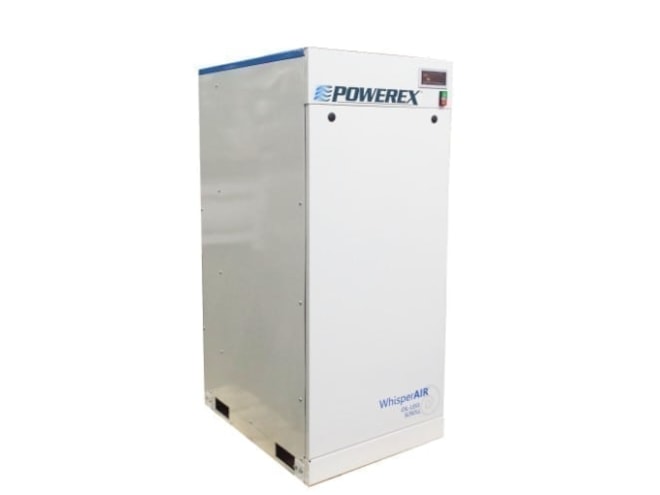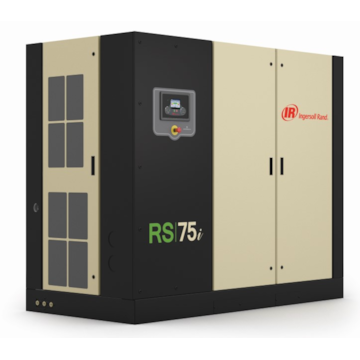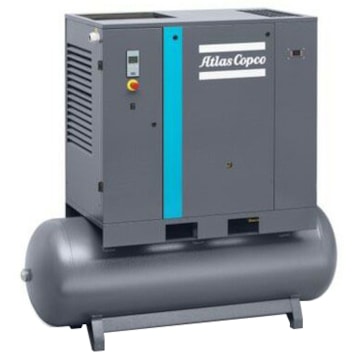Powerex Medical Scroll Enclosure System
Oilless construction, duplex models.

- By Powerex
- Made in the USA

- Factory Warranty and Support Available
- Excluded From Free Shipping
- Local Service Available on All Brands
Overview
Features
- Available with 80gal and 200gal tanks
- Whisperair™ sound enclosure cabinet
- Inlet filtration with replaceable element
- Internal vibration isolators
- Air-cooled aftercooler for each compressor
- TEFC motor
- Corrosion resistant air receiver
- UL/CSA certified
Description
The Powerex Medical Scroll Enclosure System is designed to provide medical breathing air for hospitals and medical institutions. The system meets NFPA 99 requirements for Risk Category 1 systems. Each system is completely tested before shipment.
The system is packaged in a rigid steel frame with powder coated panels and lined with sound-deadening insulation. The oilless pump contains no gearbox and uses self-lubricating tip seals. The pump is designed to operate at 100% duty. Each compressor pump is automatically staged on/off individually based on actual system demand, maximizing energy efficiency at all usage levels. Lead compressor status will alternate every time a pump is called for - or every 10 minutes, whichever comes first - which maintains equal run hours and extends maintenance intervals.
Within the pump, as the scroll orbits, a crescent-shaped cavity is gradually reduced, compressing the air and exhausting it through the final discharge point at the center. During operation, all the gas passages are in various stages of compression at all times, resulting in near-continuous compression and discharge.
Documents
Reviews
Need Help? Call an expert at 1-866-778-6572
We're open Mon - Fri / 8:00 AM - 5:00 PM EST


























